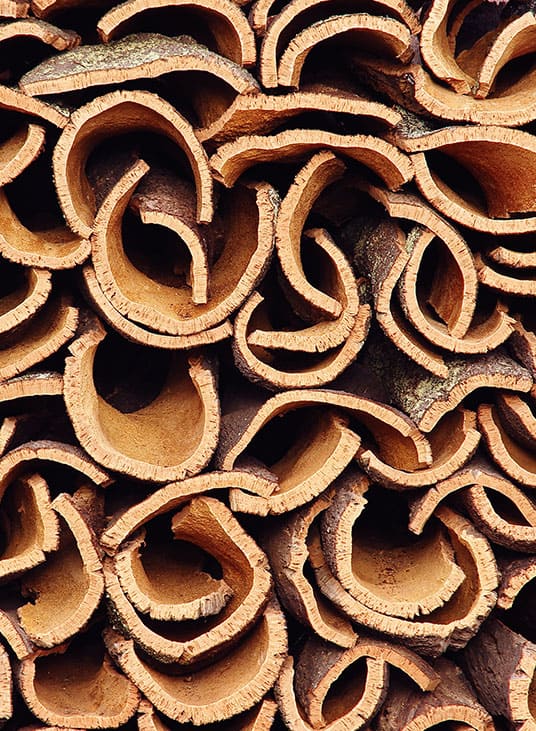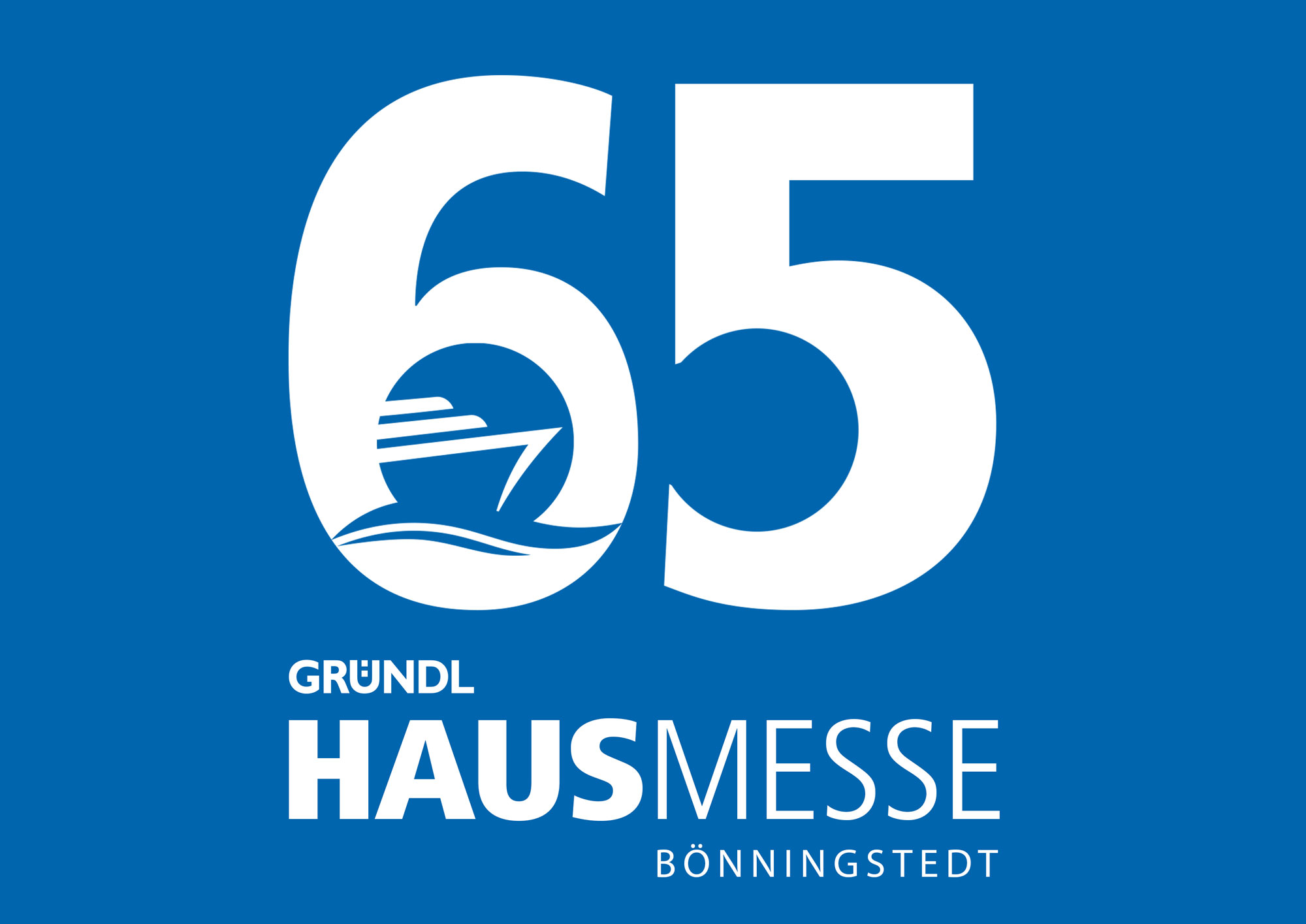Cork –
a renewable, environmentally friendly resource

Cork is a natural and renewable resource obtained from the outer bark of the cork oak tree. The bark grows back completely within 9 years. This constant renewal of the bark after it has been removed preserves and protects nature and makes cork one of the most environmentally friendly resources in the world.
In addition to its special haptic properties, cork is excellently suited for deck coverings. The cork bark consists of a honeycomb-like structure, microscopic cells filled with air. This structure makes cork not only flexible but also incredibly robust. In addition, cork contains over 50% of a substance called suberin – this substance is extremely hydrophobic and ensures that virtually no moisture is absorbed, even in maritime use.
Cork oak forests cover about 2.5 million ha in seven countries – Portugal is the country with the largest area of cork oak forests.
Negative CO2 footprint
In addition to all the positive aspects already mentioned there is another extremely important one for the use of cork in the maritime environment to us – sustainability! One tonne of cork absorbs about two tonnes of CO2 while producing only 1.6 tonnes.
In comparison, a tonne of aluminium produces twelve tonnes of CO2 and of course binds none. A cork oak whose bark is regularly harvested even binds more than three times as much CO2 as an unused cork oak. Due to this unique combination, cork has a negative CO2 footprint and thus also does something good for our climate and our oceans.
Ideal for yacht decks
In addition to durability, the haptic properties play a decisive role in choosing the right yacht deck.
The durability of a yacht deck covering is our top priority, along with the haptic properties. Due to the natural composition and structure of cork, it is already resistant to seawater and UV in its untreated state, does not weather and is hardly sensitive to impact. Similar to a teak deck, the colour can turn grey over the years.
However, the surface can be refreshed at any time or even partially repaired without major investment.
Since people like to walk on their yachts barefoot, especially in the warmer months, cork also impresses here with its special properties. The surface feeling is very pleasantly soft and thus offers enormous comfort. Cork is temperature-insulating – due to this fantastic property, the material hardly heats up in summer, while in winter it gives you a warming feeling.
Many plastic decks or even just painted surfaces heat up extremely and can hardly be used in southern climes.
The sound-insulating property of cork also ensures that no clattering footsteps accompany you on deck.
In addition, the surface is absolutely non-slip when wet, making it ideal for sporty yacht use.
The advantages at a glance
Weight
On a sailing yacht, additional weight, especially if it is above the centre of gravity, is a relevant variable in connection with weight stability – less is more!
Compared to teak, a cork deck adds 46% less additional weight.
Yachtcork
Teak
Specific weight (kg/m3)
450
660
Common covering thickness
8 mm
10 mm
Weight per m2
3,6 kg
6,6 kg
Weight per deck at 25 m2
(approx. 40 foot yacht)
90 kg
165 kg
Difference
– 46 %
FAQ's
What happens if wine or other colouring drinks are spilled?
Ideally, spilled drinks should be wiped up immediately. As a rule, water with a maximum of a mild ecologically safe cleaner is sufficient.
Liquids do not penetrate deeply into the surface structure of the cork and can therefore be removed easily.
How does cork behave in the event of...
… persistent moisture
Due to the high suberin content in the cell structure, cork is extremely hydrophobic and absorbs virtually no moisture, which is why it does not change as a result of moisture in maritime use on the YACHT.
… intense heat
The surface of yacht cork hardly heats up due to solar radiation and ambient heat and has a pleasantly neutral effect in strong heat.
This property makes it particularly suitable for use in southern climes.
…cold
Yachtcork insulates against cold and has a balancing effect – it is therefore particularly suitable for seating surfaces in the colder months of the year.
How does cork behave in relation to rotting/ decay?
The special cell structure and natural composition of cork ensures that cork virtually does not rot.
This makes this material so ideal for use on yacht decks.
Where does cork come from?
Cork is obtained from the harvested bark of the cork oak. Most cork oaks are cultivated in Portugal and other Mediterranean countries.
How is cork extracted?
By peeling off the bark of cork oaks, which grows back completely within about 9 years.
Does cork grow back?
Yes, after peeling off the bark of the cork oak, it takes about 9 years for the bark to grow back completely.
How can I clean a cork floor?
It is best to use only water and, if necessary, mild and ecologically safe cleaners.
If possible, do not use high-pressure cleaners.
How long does cork flooring last on a ship's deck?
Professionally installed cork decks can last for many years or even decades, as long as they are not exposed to strong mechanical loads (e.g. damage by sharp-edged objects).
Does the surface of a cork deck change over the years?
Yacht cork only changes in colour – UV radiation causes the cork deck to turn a whitish grey after some time, similar to teak.
Structurally, the cork surface does not change – it is almost indestructible and retains its positive basic properties for decades.
Can a cork deck be refreshed after a few years of use?
Yes, in the case of heavy, partial wear, you can restore a uniform surface by controlled sanding. In addition, you can use natural oils or surface treatments to restore a fresh colour.
Can cork decks be repaired?
Yes, cork decks can generally be repaired well – preferably in the form of partial replacement of only the damaged areas.
Due to the modern manufacturing process, Yachtcork is permanently able to produce parts or entire decks at any time and to deliver them in the shortest possible time.
Is cork climate neutral?
Even better – cork absorbs more CO2 from the environment than it produces!
Cork is a renewable resource!

